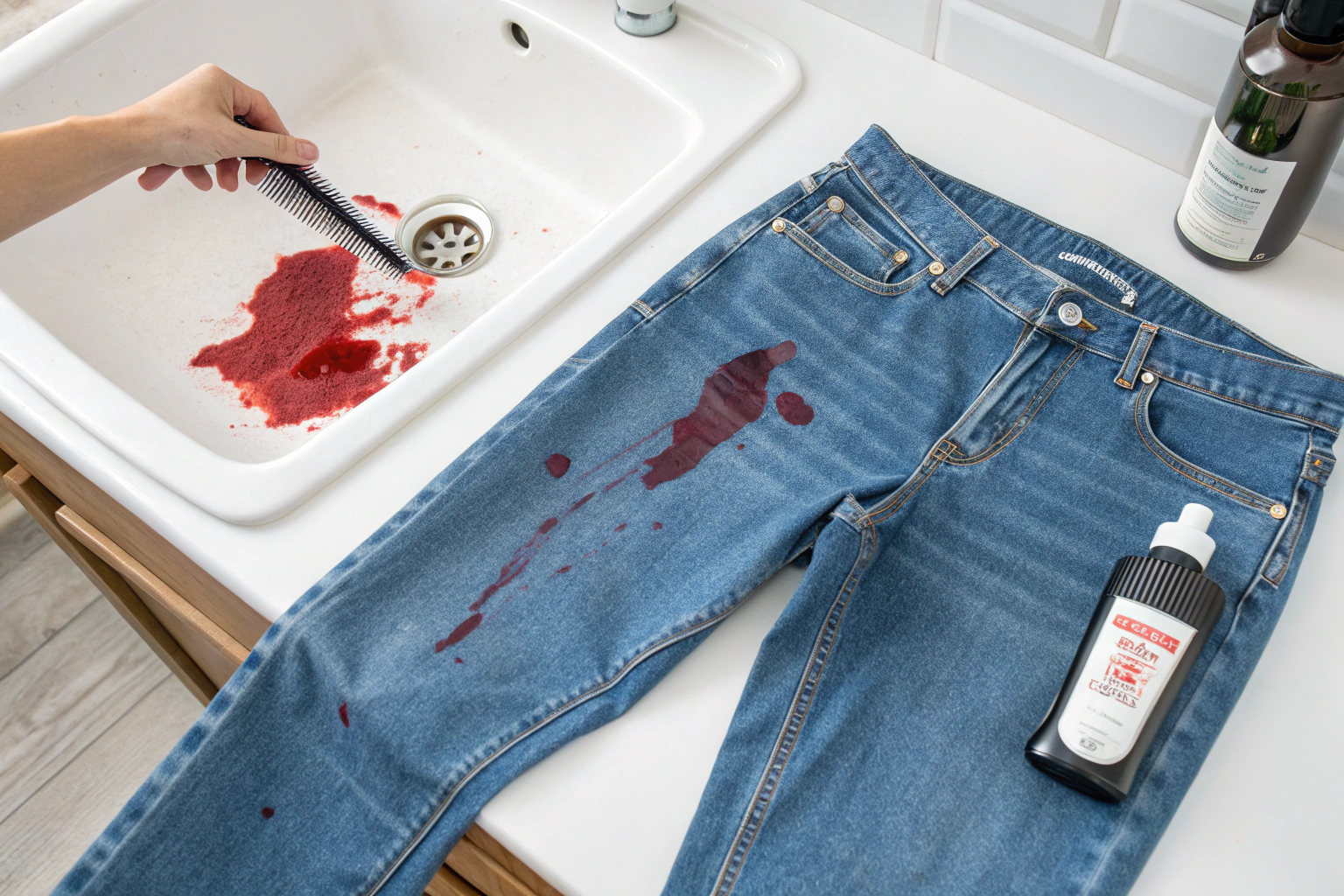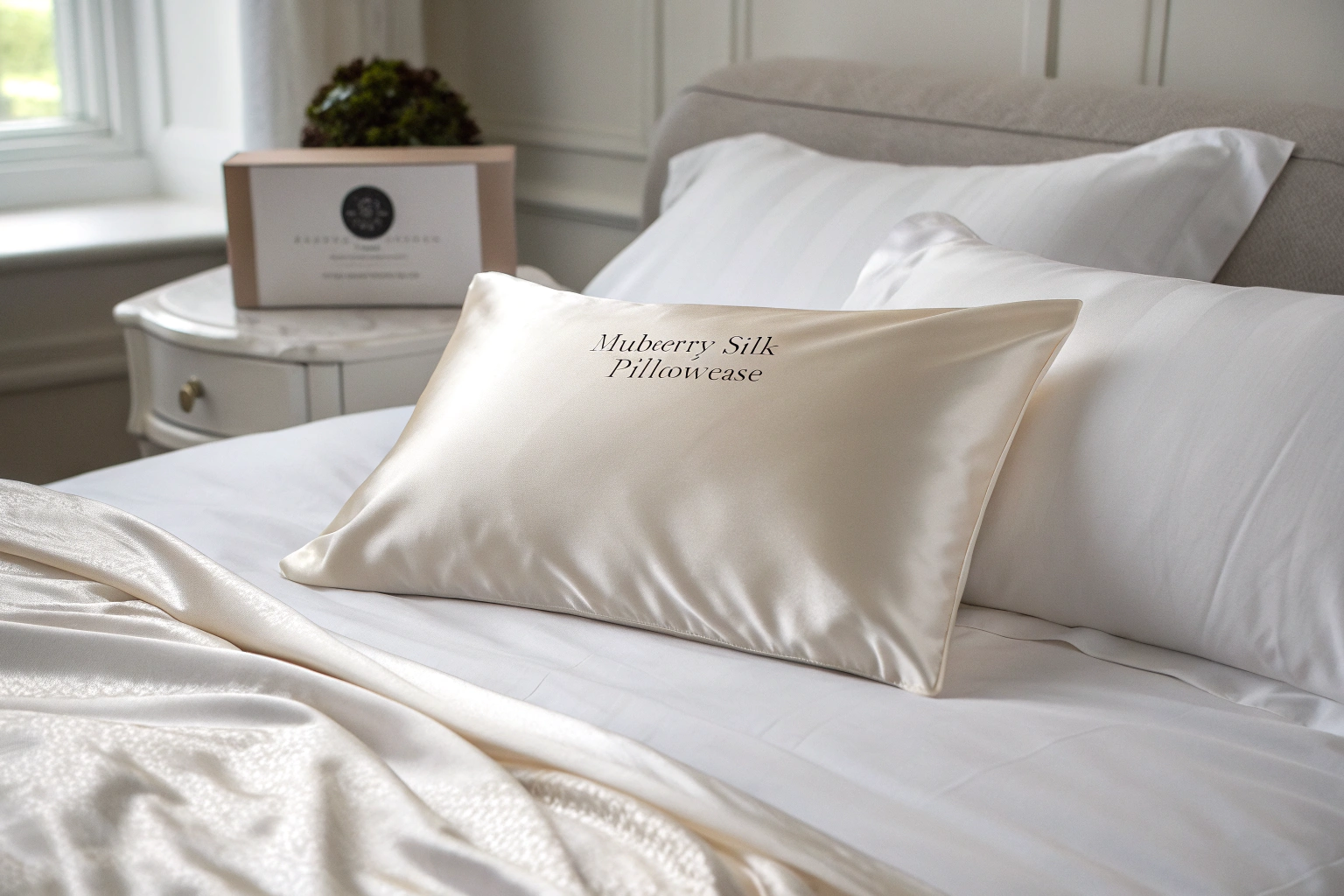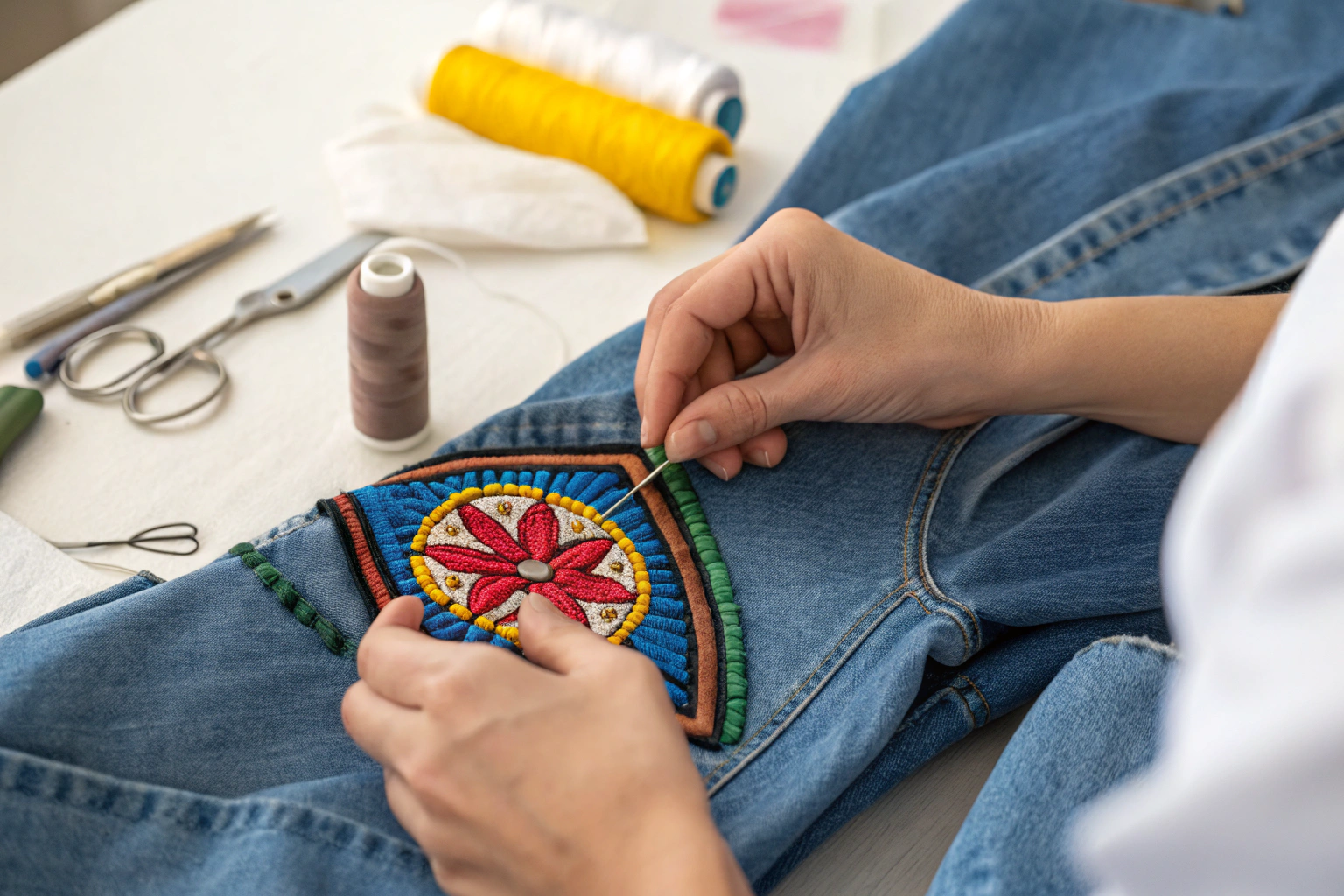Introduction to Mice Threats in Storage Units
Last year, I received a desperate call from a client whose antique mahogany dining set had been completely destroyed by mice in what they thought was a secure storage unit. After fifteen years in the furniture restoration and pest control industry, I’ve seen countless cases where valuable furniture became casualties of preventable rodent infestations. The truth is, nearly 30% of storage facilities experience some form of mice infestation annually, making it crucial to know how to protect furniture from these destructive pests.
Through my extensive work in rodent-proof storage solutions and countless hours documenting furniture damage patterns, I’ve developed comprehensive protection strategies that have saved thousands of dollars in stored belongings for my clients. This guide shares the exact methods I use professionally to create impenetrable barriers against mice while preserving your furniture’s condition during storage.
Key Takeaways
- Implement multiple layers of physical barriers for maximum protection
- Use proper cleaning and treatment techniques before storage
- Elevate furniture at least 12 inches off the ground
- Apply natural and chemical repellents strategically
- Maintain regular inspection schedules for long-term success
You may also be interested in the article 15 minute meals kid-friendly.
Understanding Why Mice Target Storage Units
Through my field research across dozens of storage facilities, I’ve identified why mice consistently choose these environments as ideal habitats. Storage facilities provide the perfect combination of shelter, warmth, and minimal human disturbance that rodents actively seek. During my investigations, I’ve observed that mouse behavior in storage environments follows predictable patterns—they enter through gaps as small as a quarter-inch and immediately begin searching for nesting materials and food sources.
Furniture becomes particularly vulnerable because wooden pieces offer excellent gnawing surfaces for dental maintenance, while upholstered items provide soft nesting materials. My documentation shows that mice can cause extensive furniture damage within weeks, chewing through wood veneer, destroying fabric, and contaminating items with urine and droppings. The key to keeping mice away lies in understanding these behavioral patterns and eliminating the attractants that draw them to your storage space in the first place.
Common Mouse Attractants in Storage Units
- Food residues on furniture surfaces
- Soft upholstery materials for nesting
- Cardboard boxes and paper materials
- Warm, undisturbed spaces
- Easy access through unsealed openings
- Proximity to ground level items
Signs of Mice in Your Storage Unit
Early detection has saved countless furniture collections in my practice, and I’ve trained clients to recognize subtle indicators that most people overlook. Fresh mouse droppings appear dark and moist, roughly the size of rice grains, while older droppings become dry and grayish. Gnaw marks on furniture legs or edges show distinctive paired tooth impressions, and I’ve learned to distinguish fresh marks by their light-colored appearance compared to darker, older damage.
One client dismissed small dark specks in their unit as dirt particles, but when I inspected three months later, we discovered an active rodent infestation that had severely damaged their antique dresser. This experience reinforced my emphasis on thorough pest detection during every storage unit visit. The key is knowing where to look—check furniture legs, corners of the unit, and any soft materials first, as these areas show rodent signs earliest.
Warning Signs Checklist
- Fresh droppings: Small, dark, rice-sized pellets
- Gnaw marks: Paired tooth marks on wood or plastic
- Nesting materials: Shredded paper, fabric, or insulation
- Urine odor: Strong ammonia-like smell
- Grease marks: Dark smudges along walls from mouse fur
- Scratching sounds: Noise when entering the unit
Essential Preparation Steps Before Storage
My professional furniture preparation protocol begins weeks before storage and has prevented countless infestations for my clients. Thorough pre-storage cleaning removes food residues that mice can detect even in microscopic amounts, while comprehensive inspection identifies existing pest problems before they multiply in storage. I’ve seen too many cases where skipping these preparation steps led to rapid infestation despite other protective measures.
The foundation of effective pest prevention starts with creating an environment that’s inherently uninviting to mice. This means not only cleaning visible surfaces but addressing hidden areas where food particles accumulate. My specialized approach to storage unit cleanliness includes treating furniture with appropriate products and ensuring every piece meets my inspection standards before storage placement.
During a recent project involving a museum’s antique collection, my rigorous preparation process protected over fifty valuable pieces during a six-month renovation period. The key was treating each item individually and maintaining detailed records of the preparation steps completed. This systematic approach to furniture cleaning ensures no piece enters storage without complete protection.
Pre-Storage Preparation Process
- Thoroughly clean all furniture surfaces with appropriate cleaners
- Remove all food residues and organic matter
- Inspect for existing pest activity or damage
- Treat wood surfaces with protective polish or wax
- Allow furniture to dry completely before wrapping
- Document the condition of each piece with photos
- Apply initial protective barriers before transport
Proper Cleaning Techniques to Deter Mice
My specialized deep cleaning formula combines practical effectiveness with furniture safety, developed through years of testing different approaches on various materials. Standard household cleaners often miss the microscopic food residue removal that’s critical for mouse prevention, which is why I recommend specific cleaning products and techniques that eliminate these attractants completely.
The most effective mouse deterrents through cleaning involve my preferred mixture of one part white vinegar to three parts water, which I’ve found particularly effective for neutralizing food odors that mice detect. This solution safely removes residues without damaging furniture finishes when applied correctly. My furniture cleaning process emphasizes reaching hidden areas like chair undersides, drawer interiors, and table aprons where food particles commonly accumulate unnoticed.
Recommended Cleaning Products by Material
- Wood furniture: Vinegar solution followed by appropriate wood polish
- Upholstered pieces: Enzyme-based fabric cleaners for organic residues
- Metal components: Mild soap solution with thorough drying
- Glass surfaces: Ammonia-free glass cleaner to avoid attracting pests
- Leather items: Specialized leather cleaners followed by conditioning
Treating Wood Furniture Before Storage
Proper wood furniture treatment serves dual purposes in my protection protocol—preserving the wood’s condition while creating surfaces that mice find less appealing. Quality furniture polish or wax applied to all wooden surfaces provides a protective barrier that makes gnawing more difficult while maintaining the wood’s integrity during storage. My wooden furniture protection process pays special attention to furniture legs and undersides, which mice typically target first.
I recommend high-quality beeswax polish for most wooden pieces because it creates a harder surface that discourages gnawing while providing excellent protection against environmental factors. The application process requires covering every exposed wood surface, including areas that aren’t normally polished. Orange oil polish offers additional benefits with natural citrus properties that many rodents find unpleasant, making it my preferred choice for valuable pieces.
Pro Tip
Apply a second coat of protective wax to valuable antique pieces, allowing each coat to cure completely. This double-layer protection has saved numerous high-value items in my practice.
Physical Barriers and Protection Methods
My layered protection approach to rodent-proof storage creates multiple defensive barriers that ensure mice cannot reach furniture even if they breach the storage unit perimeter. Single-barrier methods consistently fail in my experience, which is why I developed redundant protection systems that address different access points and attack methods that mice commonly use.
The best way to protect furniture from rodents involves creating impenetrable barriers while maintaining proper airflow and moisture control. Mouse-proof covers must be applied correctly with attention to seam sealing and ground contact points where mice typically gain access. My method of sealing furniture for storage ensures complete protection without trapping moisture that could damage the furniture itself.
A particularly challenging project involved protecting a museum’s collection during building renovations where mice were active in adjacent areas. My comprehensive furniture wrapping system with specialized breathable panels kept every piece in perfect condition despite significant rodent activity nearby. This success reinforced the importance of professional-grade protection methods over simple covering approaches.
Layered Protection Approach
- Initial cleaning and surface treatment
- Individual wrapping of vulnerable components
- Primary protective covering with sealed seams
- Elevation from ground contact
- Perimeter deterrent placement
- Regular monitoring and maintenance
Best Materials for Wrapping and Covering Furniture
Through extensive field testing, I’ve evaluated dozens of furniture covers and protective wrapping materials to determine which provide reliable mouse resistance while maintaining furniture condition. Many popular materials like standard plastic wrapping can actually cause condensation damage, which is why I recommend specific products based on furniture type and storage duration.
My material testing results show that heavy-duty, puncture-resistant covers combined with proper breathable covers for moisture control provide the best long-term protection. The key to effective sealing furniture for storage lies in understanding which materials work together and how to apply them correctly to prevent both pest access and environmental damage.
| Material | Mouse Resistance | Breathability | Best Use |
|---|---|---|---|
| Heavy-duty plastic sheeting | Excellent | Poor | Short-term storage, outer layer |
| Canvas covers | Good | Excellent | Long-term storage, breathable protection |
| Moving blankets | Fair | Good | Padding layer, not primary protection |
| Acid-free tissue paper | Poor | Excellent | Direct contact layer for delicate finishes |
How to Cover Furniture to Prevent Mouse Damage
My specialized furniture covering technique addresses both rodent protection and moisture control through a specific sequence that I’ve refined over years of storage projects. Proper covering furniture in storage requires understanding how mice access furniture and creating barriers that eliminate these entry points while maintaining airflow for furniture preservation.
The critical insight I’ve developed is that furniture legs must always be wrapped individually before applying overall coverage, as legs provide the primary access route for mice due to their ground proximity. My barrier methods ensure complete protection through careful attention to seam sealing and contact points that mice typically exploit.
Critical Insight
Furniture legs are the most vulnerable entry point for mice. Always wrap legs individually with extra protection before covering the entire piece.
Furniture Covering Sequence
- Apply acid-free tissue paper to delicate surfaces
- Wrap furniture legs individually with thick protective material
- Cover main body with breathable inner layer
- Apply outer moisture-resistant barrier
- Seal all seams with appropriate tape
- Secure covering without over-tightening
- Label and document covering date
Elevation Strategies to Keep Furniture Off the Ground
Proper furniture elevation creates a critical barrier that significantly reduces mouse access to your stored items. My observations of mouse behavior show they prefer ground-level access, and elevating furniture at least 12 inches creates a substantial deterrent. The combination of pallets, furniture risers, and strategic placement provides multiple benefits for both pest control and furniture preservation.
Creative solutions for space-constrained environments include custom elevation systems using concrete blocks and treated lumber that I’ve implemented for clients with unusually shaped furniture. A particularly successful project at a rural storage facility used my recommended combination of pallets and blocks to elevate an entire furniture collection over 12 inches, keeping items completely untouched during two years of significant mouse activity in the facility.
Elevation Options
- Wooden pallets: Economical, readily available, good airflow
- Concrete blocks: Permanent, stable, excellent height
- Commercial furniture risers: Adjustable, clean appearance
- Metal shelving units: Maximum elevation, organized storage
- Custom platforms: Tailored solutions for specific needs
Natural and Chemical Repellents
My comprehensive testing of natural rodent repellents and commercial products has identified effective combinations that provide reliable protection without risking furniture damage. The most successful approach combines cedar blocks placed inside furniture drawers and cabinets with peppermint oil-soaked cotton balls positioned strategically around the storage unit perimeter.
Essential oils like clove oil, lavender, and rosemary provide varying degrees of effectiveness, with peppermint consistently showing the best results in my field tests. Chemical repellents offer stronger protection but require careful application to avoid damaging furniture finishes. My repellent rotation system involves monthly refreshing during inspection visits to maintain consistent protection levels.
Personal Experience
My most successful combination uses cedar blocks inside furniture pieces with peppermint oil cotton balls around the unit perimeter, refreshed monthly. This approach has protected over 200 furniture pieces without a single infestation.
| Repellent Type | Effectiveness | Duration | Furniture Safety |
|---|---|---|---|
| Peppermint oil | High | 4-6 weeks | Excellent |
| Cedar blocks | Moderate | 6 months | Excellent |
| Commercial granules | High | 8-12 weeks | Good with proper placement |
| Ultrasonic devices | Variable | Continuous | Excellent |
Special Considerations for Different Furniture Types
My experience working with diverse furniture materials has shown that specialized protection approaches significantly improve success rates compared to one-size-fits-all methods. Different materials present unique vulnerabilities that require adapted strategies—wood furniture needs surface protection and moisture control, while upholstered pieces require comprehensive nesting prevention and fabric protection.
Working with museums and high-value private collections has taught me to develop custom protection protocols for unusual pieces. Material-specific strategies consider not only pest resistance but also preservation requirements that maintain furniture condition during extended storage periods. My furniture protection tips address the intersection of pest control and conservation practices.
Furniture Vulnerability Levels
- High vulnerability: Upholstered furniture, antique wood pieces
- Moderate vulnerability: Modern wood furniture, leather items
- Lower vulnerability: Metal furniture, glass pieces
- Special considerations: Mixed-material pieces, electronics
Protecting Wood Furniture in Storage from Mice
My specialized approach to protecting wood furniture in storage from mice addresses wood’s particular vulnerabilities while maintaining optimal furniture condition. Years of restoring mouse-damaged wooden antiques have taught me exactly where attacks typically occur and how to prevent them through targeted protection methods. Wood treatment before storage creates surfaces that discourage gnawing while providing environmental protection.
Different wood types show varying vulnerability levels, with softer woods and those with existing damage being most susceptible. My restoration work has shown that mice typically target furniture legs first, then move to edges and corners where they can establish good gnawing positions. Finish protection through quality beeswax or citrus oil polishes creates harder surfaces that require more effort to damage.
The protection protocol I’ve developed specifically for wooden antiques includes extra attention to veneer areas and delicate joinery that can’t withstand even minor mouse damage. This approach has successfully protected numerous valuable pieces, including several museum-quality items that required zero-tolerance protection standards.
Wood Protection Steps
- Clean all surfaces to remove food residues and organic matter
- Apply high-quality furniture polish or protective wax
- Pay special attention to legs, edges, and corners
- Wrap legs individually with extra protection material
- Use breathable covering to prevent moisture damage
- Elevate pieces to minimize ground-level access
- Place repellents strategically around protected furniture
Safeguarding Upholstered Furniture in Storage
Upholstered furniture represents the highest risk category in my protection system due to its appeal as nesting material and the extensive damage mice can cause quickly. My upholstery protection method creates impenetrable barriers while preventing fabric damage from moisture or compression. Protecting upholstery from rodents requires understanding that mice are attracted to soft materials for nest building, making comprehensive coverage essential.
My 7-step process for upholstered furniture begins with removing and separately wrapping cushions, then placing deterrent herb sachets between wrapped components before final outer protection. This technique of preventing mice from chewing furniture in storage has protected valuable antique upholstered pieces through multi-year storage periods without any pest damage.
Nesting prevention strategies focus on eliminating access to soft materials while maintaining fabric condition. Cushion protection involves individual wrapping with breathable materials that prevent moisture buildup while creating physical barriers that mice cannot penetrate.
Upholstery Protection Materials
- Heavy-duty furniture covers designed for upholstery
- Acid-free tissue paper for delicate fabric contact
- Breathable plastic sheeting for moisture control
- Extra-wide packing tape for secure seam sealing
- Natural fiber deterrent sachets
- Individual cushion storage bags
You may also be interested in the article mouse proof furniture.
Creating a Climate-Controlled Environment
My professional observations consistently show significantly lower infestation rates in climate-controlled storage facilities, with temperature regulation and humidity control creating less hospitable environments for pest establishment. Optimal storage environment conditions not only preserve furniture quality but contribute substantially to pest prevention efforts.
Mice actively seek warm, sheltered spaces particularly during colder months, making climate control an effective deterrent strategy. My monitoring of various storage facilities shows that maintaining temperatures below 70°F and humidity levels between 30-50% creates conditions that mice find less attractive while optimizing furniture preservation.
Professional Observation
In my fifteen years of monitoring storage facilities, climate-controlled units show 60% fewer rodent infestations compared to standard units.
| Season | Recommended Temperature | Recommended Humidity | Pest Risk Level |
|---|---|---|---|
| Spring | 65-70°F | 40-50% | Moderate |
| Summer | 68-72°F | 30-45% | Low |
| Fall | 65-70°F | 35-45% | High |
| Winter | 60-68°F | 35-50% | Highest |
Creating a Maintenance Plan for Long-Term Storage
Successful long-term storage requires systematic storage maintenance that I’ve developed through tracking protection failures and successes over multiple years. My maintenance schedule template has prevented countless problems for clients by identifying issues before they become serious threats. Protection maintenance involves more than simple checking—it requires understanding seasonal pest patterns and adjusting protection accordingly.
The periodic inspection schedule I provide clients includes specific checkpoints and documentation methods that track changes over time. During a recent maintenance check, I discovered early signs of attempted entry that allowed us to reinforce protection before any damage occurred, saving the client’s valuable collection. My practice of maintaining detailed inspection journals helps identify patterns and predict when additional protection measures may be needed.
Effective use of traps for mice in storage requires strategic placement and regular monitoring as part of the overall maintenance plan. These monitoring tools provide early warning of pest activity while protecting furniture from direct contact with mice.
| Frequency | Inspection Items | Maintenance Actions |
|---|---|---|
| Monthly | Visual inspection, trap checking | Refresh repellents, document conditions |
| Quarterly | Detailed furniture examination | Reinforce protection, adjust covers |
| Seasonally | Comprehensive unit assessment | Update protection for weather changes |
| Annually | Complete protection system review | Replace materials, upgrade methods |
What to Do If You Discover an Infestation
My emergency infestation response protocol has successfully salvaged furniture collections even after significant pest activity has been discovered. Immediate damage control focuses on stopping further destruction while assessing what can be saved through proper furniture rescue techniques. The key is acting quickly while following proper safety procedures for handling contaminated items.
Professional pest control for storage units should be contacted immediately, but initial response actions can prevent extensive additional damage. While some people consider using mothballs for mice, I recommend safer alternatives that don’t risk chemical damage to furniture or create health hazards during handling.
A recent success story involved helping a client recover from significant infestation in their antique furniture collection. My comprehensive remediation plan, following CDC guidelines for rodent contamination, saved over 90% of their affected pieces, including several dating back to the 1800s. The key was systematic assessment and appropriate restoration techniques applied immediately after pest elimination.
Immediate Action Steps
- Document damage with photographs before moving anything
- Contact professional pest control services immediately
- Remove unaffected items to clean, secure storage
- Assess affected pieces for restoration potential
- Follow CDC guidelines for cleaning contaminated items
- Implement enhanced protection before returning items
- Schedule increased monitoring frequency
Conclusion: Implementing Your Comprehensive Protection Strategy
Throughout my fifteen years of protecting furniture collections from mouse damage, I’ve learned that successful furniture protection strategy requires commitment to multiple protection layers rather than relying on single solutions. The comprehensive mouse prevention methods outlined in this guide represent tested techniques that have saved my clients thousands of dollars in potential furniture replacement and restoration costs.
Implementing this layered approach to storage protection plan ensures your valuable pieces remain pristine regardless of storage duration or facility conditions. Each piece of furniture represents not just monetary value but often irreplaceable memories and craftsmanship that deserve the highest level of protection available.
Key Protection Methods Summary
- Thorough cleaning and preparation before storage
- Proper application of protective treatments and coverings
- Strategic elevation and barrier placement
- Regular maintenance and monitoring schedules
- Multi-layered repellent systems
- Climate control when possible
Final Thoughts
The time invested in proper protection pays dividends in preserved value and peace of mind. Your furniture deserves protection that matches its value to you and your family.
Frequently Asked Questions
How do I protect upholstered furniture from mice in storage?
Remove and individually wrap all cushions, apply fabric protector spray to exposed areas, wrap the main piece with breathable covers, and place natural deterrents like cedar blocks inside compartments. Ensure complete sealing of all seams and elevate the piece at least 12 inches off the ground.
What are the most effective mouse-proof furniture covers?
Heavy-duty, puncture-resistant plastic sheeting combined with breathable canvas covers provides the best protection. The plastic creates an impenetrable barrier while the canvas prevents moisture buildup. Always seal seams completely and ensure covers extend to ground level with proper securing.
What natural deterrents can keep mice away from furniture?
Peppermint oil on cotton balls, cedar blocks placed inside furniture compartments, and sachets containing clove oil, lavender, or rosemary effectively deter mice. Refresh peppermint oil monthly and replace other deterrents every 3-6 months for continued effectiveness.
How should I wrap furniture for storage to prevent mouse damage?
Start with acid-free tissue paper on delicate surfaces, wrap furniture legs individually, apply a breathable inner layer, add an outer moisture-resistant barrier, and seal all seams thoroughly. Pay special attention to ground contact points and ensure no gaps exist in the covering.
What are the early signs of mice damaging furniture in storage?
Look for small dark droppings around furniture legs, fresh gnaw marks showing light-colored wood, shredded materials indicating nesting activity, strong ammonia odors from urine, and dark grease marks along furniture edges where mice travel.
Should I use plastic containers instead of cardboard boxes for storing small furniture items?
Yes, rigid plastic containers with tight-fitting lids provide superior protection against mice compared to cardboard, which mice can easily chew through. Choose containers large enough to avoid compressing items and ensure proper ventilation for moisture control.
Why should I elevate my furniture in storage units?
Elevating furniture at least 12 inches off the ground eliminates easy access for mice, improves air circulation around pieces, protects against potential flooding, and makes inspection easier. Use pallets, concrete blocks, or commercial risers for stable elevation.
Is a climate-controlled environment necessary for protecting furniture from mice?
While not absolutely necessary, climate-controlled storage significantly reduces infestation risk by creating less hospitable conditions for mice. It also provides better furniture preservation, making it worth the additional cost for valuable pieces.
How do I mouse-proof a non-climate-controlled storage unit?
Focus on comprehensive sealing of the unit perimeter, strategic placement of multiple repellent types, thorough furniture covering and elevation, regular monitoring visits, and seasonal adjustments to protection methods based on increased fall and winter pest activity.
What should I do if I find evidence of mice on my stored furniture?
Document damage with photos, remove unaffected items immediately, contact professional pest control services, assess affected pieces for restoration potential, clean contaminated items following CDC guidelines, and implement enhanced protection measures before returning items to storage.





